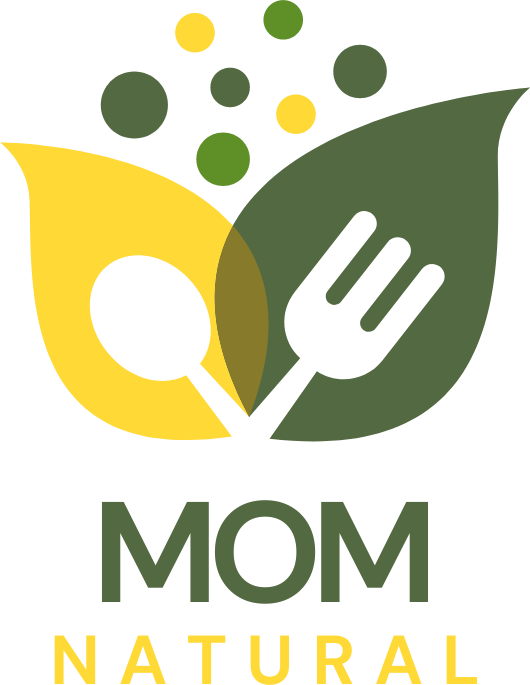Ensuring a Safe Play Area
We all know the saying “Safety first,” and this becomes even more essential when it comes to our children. It’s not just about ensuring their happiness and health; it’s about giving ourselves the peace of mind that they’re secure, especially in outdoor spaces like backyards. After all, as shown in Babyproofing Montgomery’s case studies, most accidents occur in familiar environments. In this post, I’ll share some practical backyard safety tips that we implemented during our backyard baby-proofing adventure.
Identifying Potential Hazards
Recognizing the risks is the first step in preventing accidents. Our little adventures, with their curious minds and eager hands, can turn even the most harmless-looking objects into potential hazards. Here are some things to consider:
– Plants: Some common plants can be toxic if ingested. Ensure you know what plants are in your backyard and whether they pose any risk.
– Garden Tools: They should be securely stored away when not in use to prevent injuries.
– Fences: Fences should be sturdy and without any broken or sharp edges.
– Pools/Ponds: If you have any water feature, it should be securely fenced off or covered during non-use periods.
– Barbecue Grills: These should be kept out of children’s reach to prevent burn injuries.
One resource we found incredibly useful for identifying and evaluating potential hazards was a checklist from TheBump.com.
Creating Baby-Proof Areas
Creating safe play areas is an essential part of baby-proofing outdoor spaces.
– Fenced Play Area: We decided to create a fenced-off play area. This ensured that our child could play safely without wandering off to potentially dangerous areas.
– Soft Ground: We also made sure the play area had soft ground. This can be achieved by using grass, rubber mats, or sand.
– Supervision: No matter how baby-proof your backyard is, nothing can replace active supervision.
Implementing these measures not only ensured our child’s safety but also allowed us to relax and enjoy our family time outside.
Continuous Monitoring and Adaptation
Like everything relating to children, their needs and capabilities continually evolve, and so should your safety measures. Regular revisions to your safety set-up will help keep your child secure.
We found great advice on the topic of baby-proofing adaption in a Reddit post. It reminded us that what works for a crawling baby might not work for a toddler, so continuous observation and adaptation is a must.
Lastly, remember that creating a safe outdoor environment goes beyond just physical safety. As we’ve shared in our previous posts about incorporating mindfulness into our parenting approach and encouraging empathy in our toddler’s activities, a holistic approach to child rearing is best.
Baby-Proofing Tools and Gadgets
Once potential hazards in the backyard have been identified, the next step is to take necessary actions. Thankfully, there are various baby-proofing tools and gadgets available to assist you in this. We were surprised at how some very simple contrivances could make such a huge difference. Here are some that we found particularly helpful:
– Safety Gates: Safety gates are crucial if your child’s playground includes a deck or patio with stairs. The safety gates should be sturdy and difficult to open for kids yet easy for adults.
– Door Alarms: Installing door alarms on the house doors leading to the backyard lets you know whenever they are opened, providing an added layer of supervision.
– Furniture anchors: If you have outdoor furniture or any unstable objects that could tip over if climbed upon, it’s a good idea to secure them with furniture anchors.
– Edge Bumpers: Any sharp corners or edges on furniture or fixtures ought to be softened with corner guards or edge bumpers.
You can find detailed reviews and recommendations of these and other baby-proofing tools at Lucie’s List Yard Safety Guide.
Professional Help
While the DIY approach is completely fine for most baby-proofing steps, there are certain areas where professional help may be advisable. We sought professional advice for tasks such as fencing the pool, installing permanent outdoor safety gates and child-proofing our outdoor kitchen area.
As stated in an article by Forbes, a professional can provide more permanent and secure solutions.
Involving Your Child in the Process
Involving your child in the baby-proofing process, especially when they get older, can be an excellent way to teach them about safety. Instead of merely enforcing boundaries, this inclusion gives them a more significant role and makes them feel a part of the process.
We found that explaining the purpose of safety measures and the potential dangers they protect against led to a general increase in awareness and responsible behavior in our child.
Mindful Spaces
Creating baby-proof outdoor spaces goes beyond just mitigating physical risks. It also involves creating a space that promotes a child’s physical, mental, and emotional well-being.
A posting on Covers & All blog suggests giving a thought to providing spaces that encourage exploration, spark creativity and help the child to disconnect and relax. Scaling down furniture to size, sensory play spaces, nature corners, and designated quiet areas are some ways to achieve this.
Last but not Least…
Remember that no amount of baby-proofing can replace the essential role of active supervision. Of course, you can’t always have an eye on your child every single moment, but frequent monitoring is necessary to ensure their safety. The Consumer Product Safety Commission emphasizes that adult supervision is the best way to prevent playground injuries.
Happy baby-proofing and remember, every step taken to ensure your child’s safety is a step to ensure their happiness and your peace of mind.

